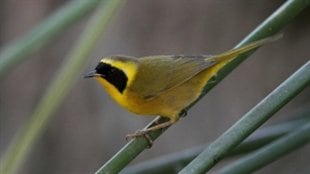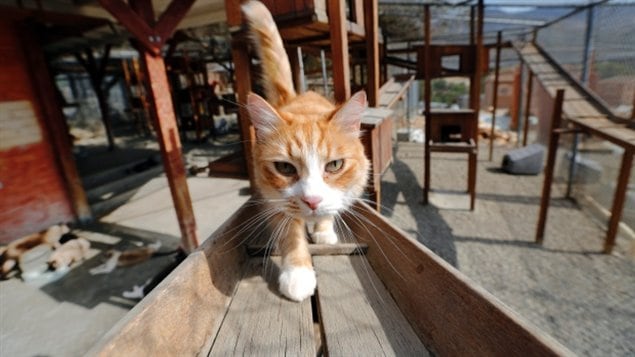270 million birds are killed in Canada every year from human-related activity, according to a report by the government department, Environment Canada. The total bird population is estimated at 10 billion.
“We’ve got a lot of birds, and that’s probably a good thing because we’re killing a lot,” said Richard Elliot, director of wildlife research for Environment Canada.
After cats, both domestic and feral, the biggest bird-killers are collisions with tall structures and road deaths. Combined, these three causes are responsible for 95 per cent of deaths.

9 top causes of bird deaths
Most birds in Canada are protected by the 100-year old Migratory Bird Convention Act, as well as the Species at Risk Act. In addition, various provincial wildlife acts prohibit destroying nests or killing birds, but little is being done to shield them from the following top killers:
1. Domestic and feral cats: 200 million
There are about 8.5 million domestic cats in Canada, and 1.4 to 4.2 million wild or stray cats. Although feral cats are smaller in number than house cats, they’re responsible for twice as many bird kills. Even so, cats by nature can be serial killers and don’t just kill when they’re hungry.
Elliot said kitty-cams attached to cats’ collars reveal that even house cats are avid hunters. “A cat you think is just out wandering around the premises would be killing 10 or 12 birds a night.”
Ian Davidson of Nature Canada said in an interview with CBC, “Our pets don’t really understand the difference between an endangered bird species or not, so we strongly recommend people keep their cats indoors, especially around dawn or dusk.”
2. Power lines, collisions and electrocutions: 25 million
Wind turbines, which have been blamed for bird deaths, accounted for only 16,700 kills. But wind power is expected to grow tenfold over the next decade.
3. Collision with houses or buildings: 25 million
Between two and five per cent of nuthatches, chickadees and pigeons may be killed after striking houses or buildings, the report estimates. Davidson suggests turning off lights in large municipal buildings, since birds are attracted to bright light, as well as muting reflections on the windows so they don’t appear transparent to birds
4. Vehicle collisions: 14 million
“Striking things,” Elliot said, is a huge killer of birds.
5. Game bird hunting: 5 million
The report says extensive programs are in place throughout North America that ensure that any population-level effects of hunting are sustainable in the long term.
6. Agricultural pesticides 2.7 million
Electrical power and agriculture represent the largest industrial sources of bird mortality.
7. Agricultural mowing: 2.2 million young birds, equivalent to one million adult birds
One example cited are bobolinks, a protected bird, which nest in grasses and are killed every year by the cutting or clearing of grasses.
8. Commercial forestry: 1.4 million nests, equivalent to 900,000 adult birds
Activities that alter habitat during the breeding season, such as forestry and agricultural mowing, tend to destroy nests, eggs and young birds.
9. Communications towers: 220,000
Birds killed by flying into communications towers include kinglets and warblers.







For reasons beyond our control, and for an undetermined period of time, our comment section is now closed. However, our social networks remain open to your contributions.